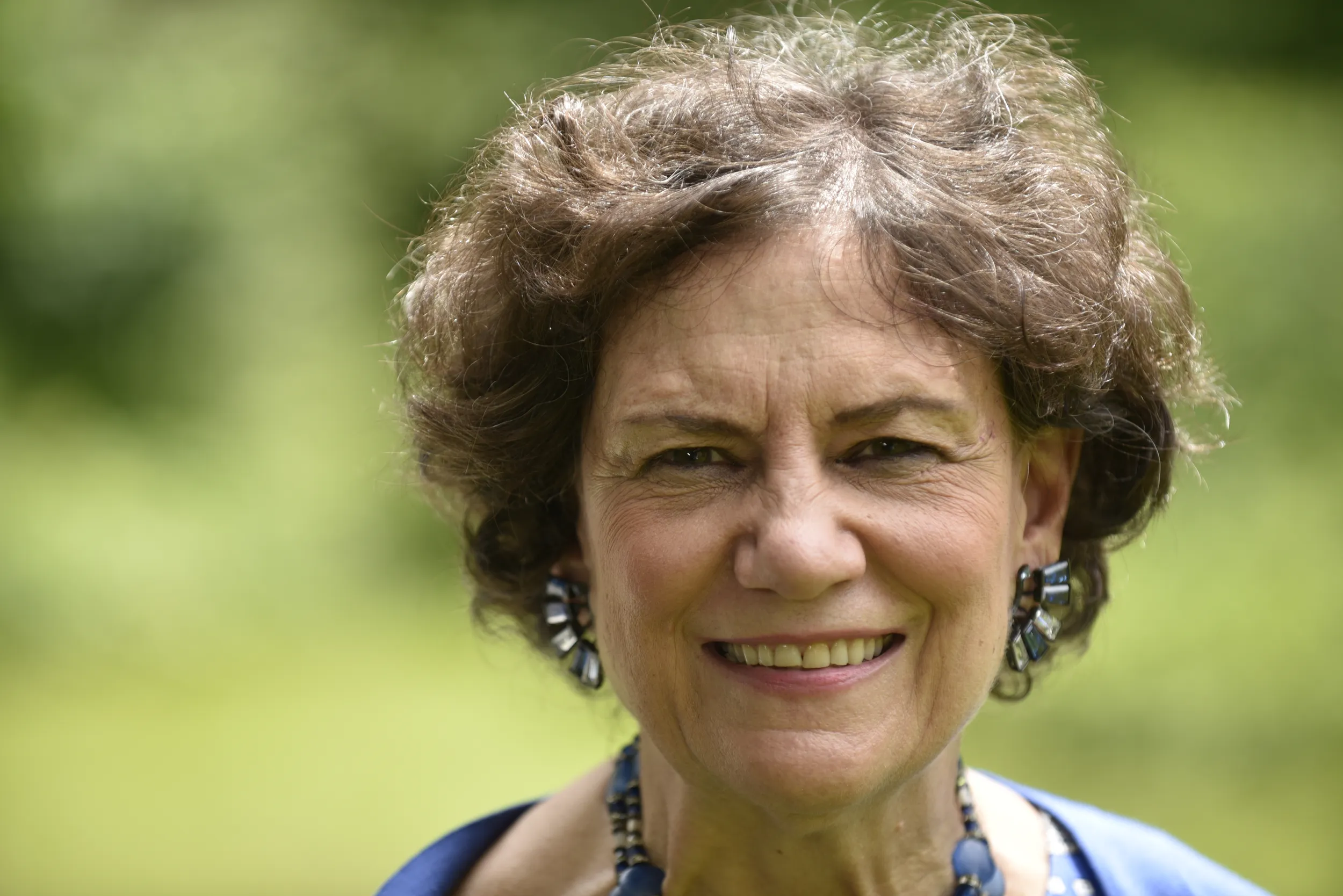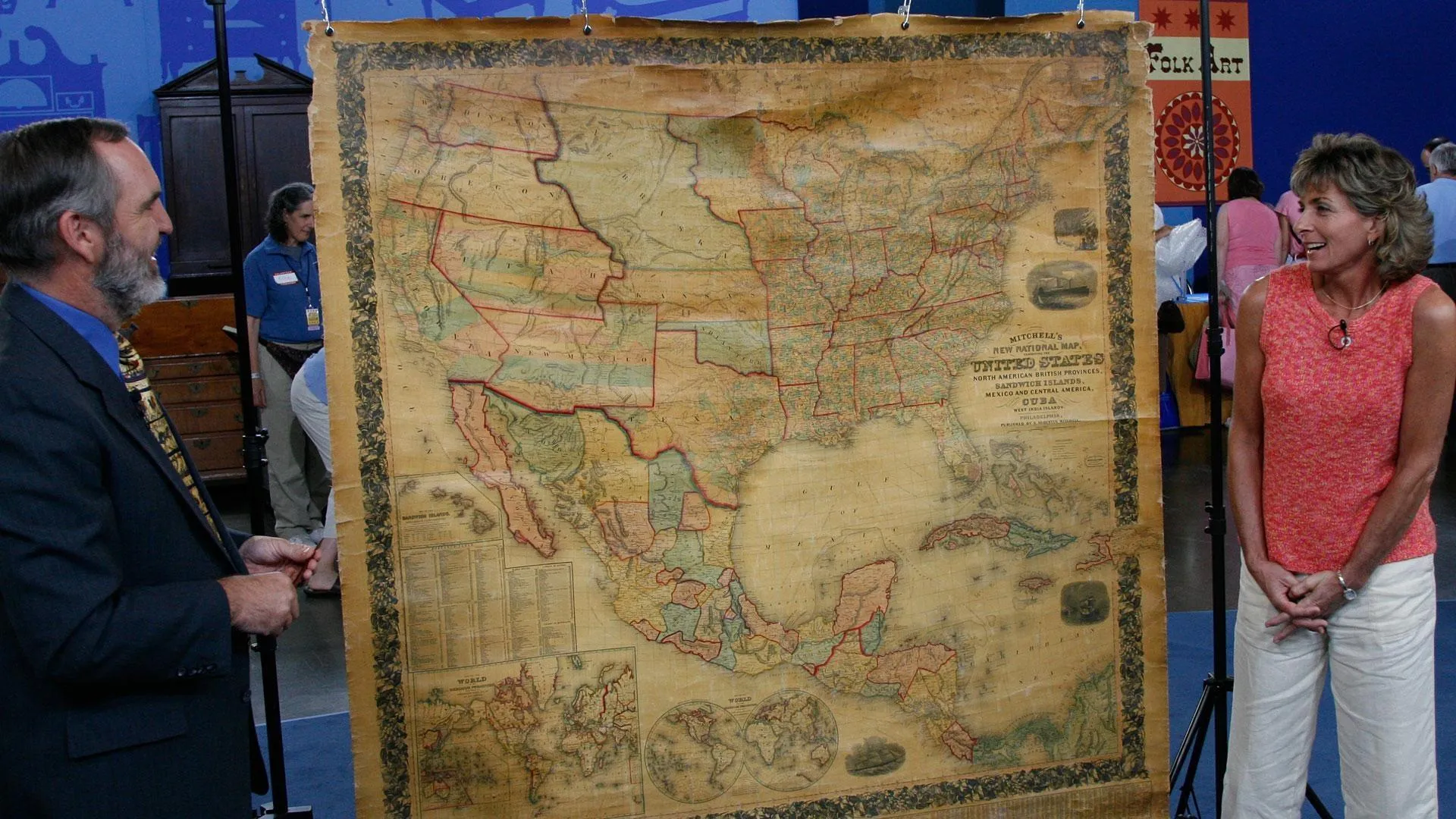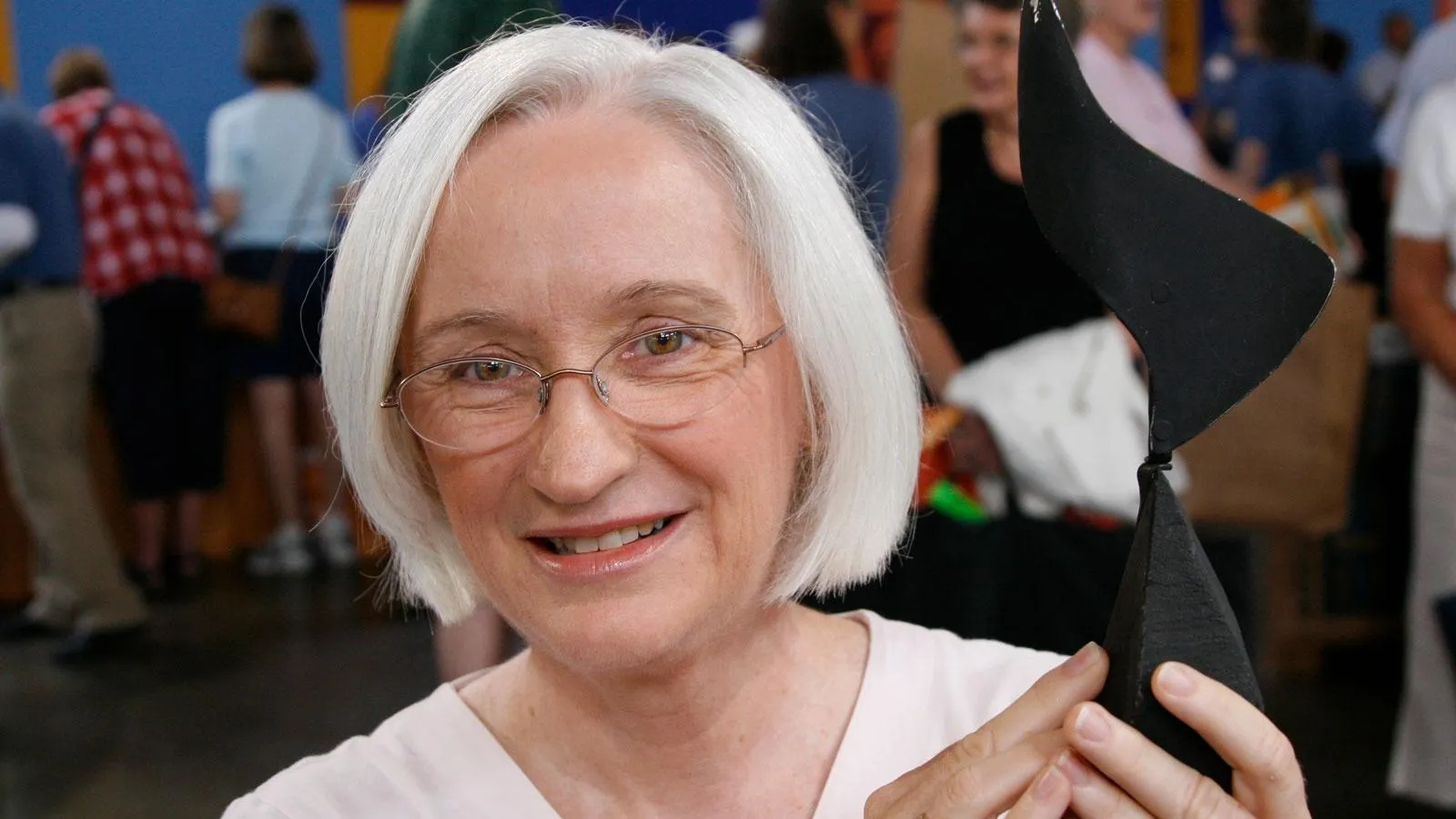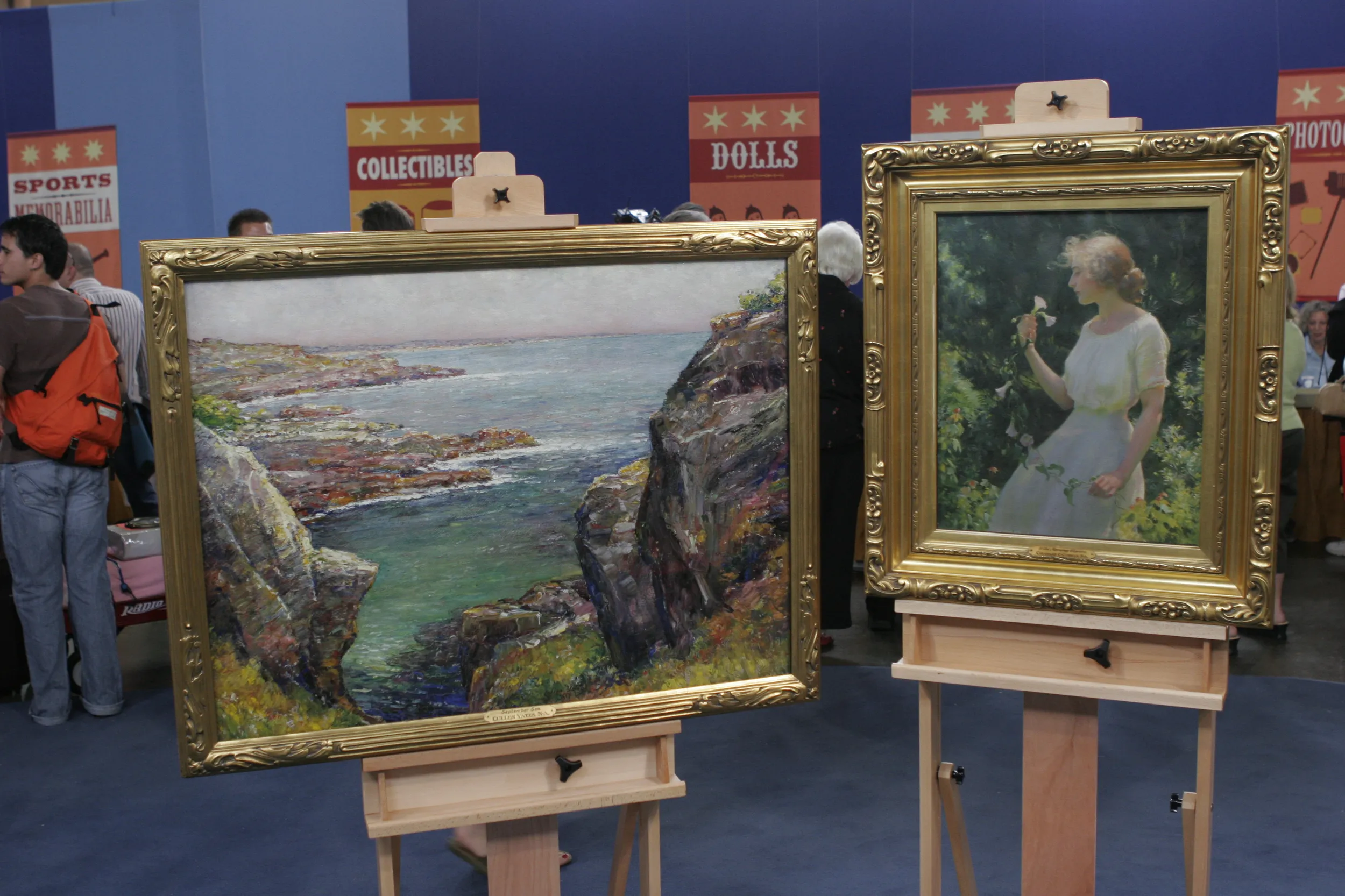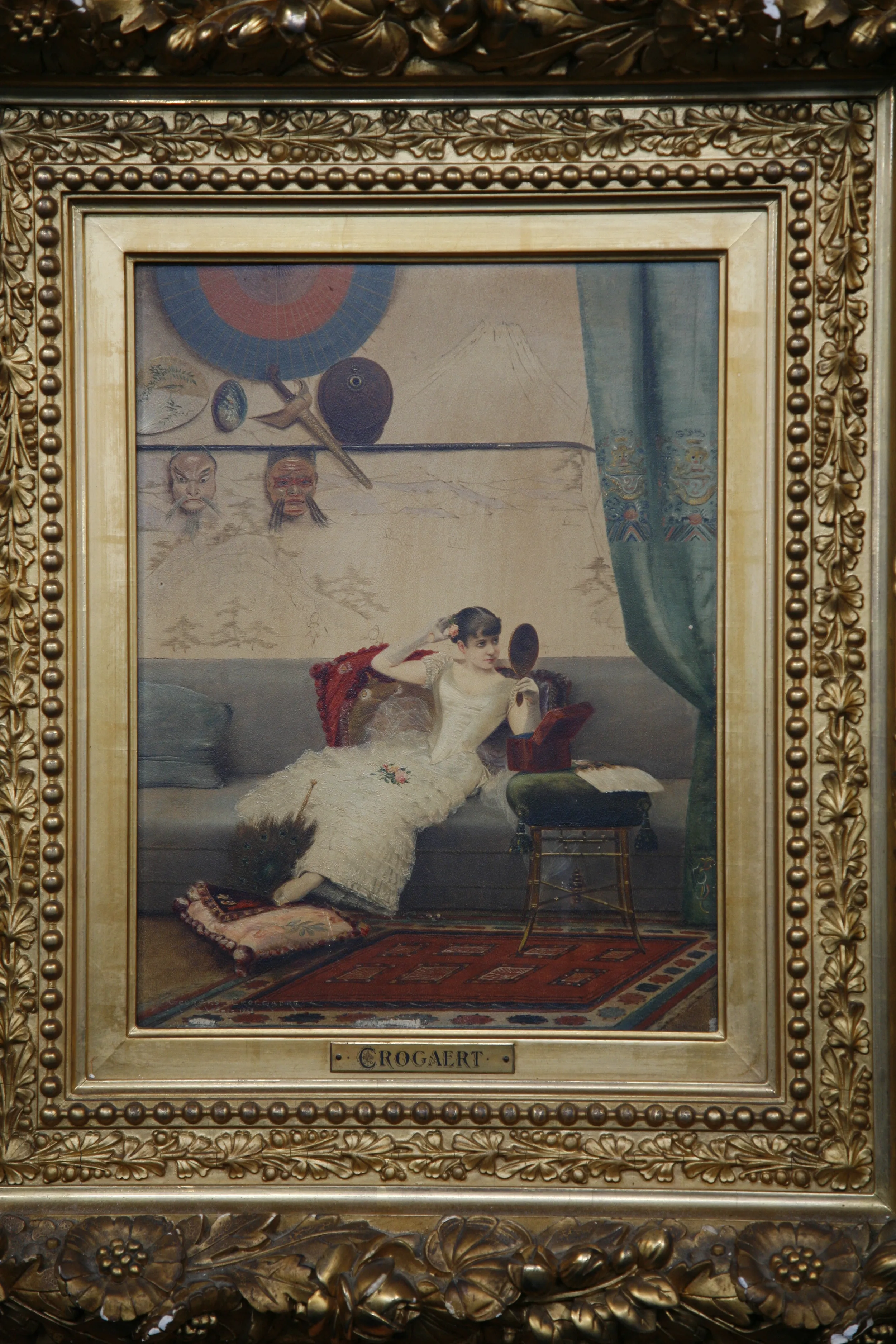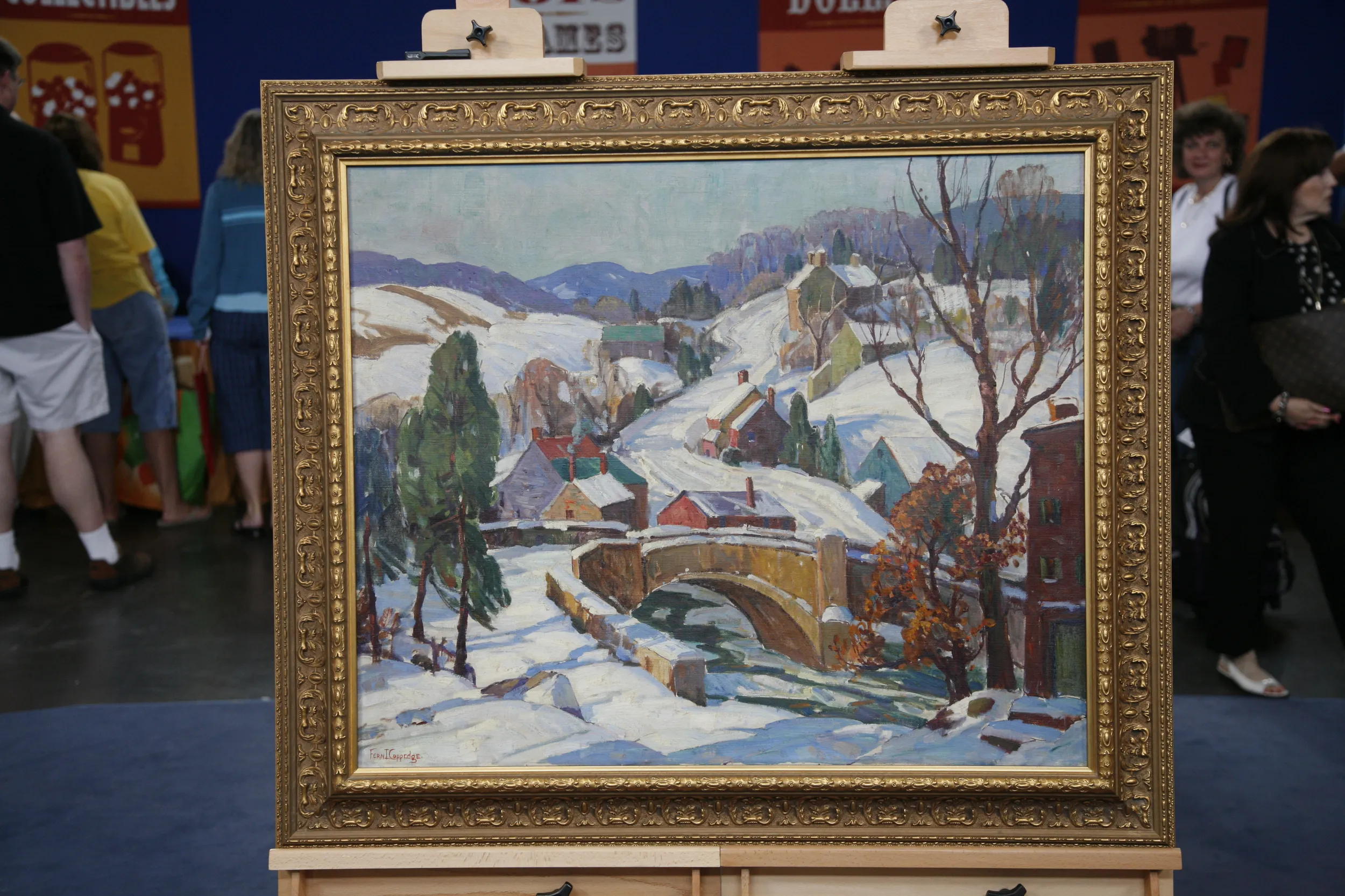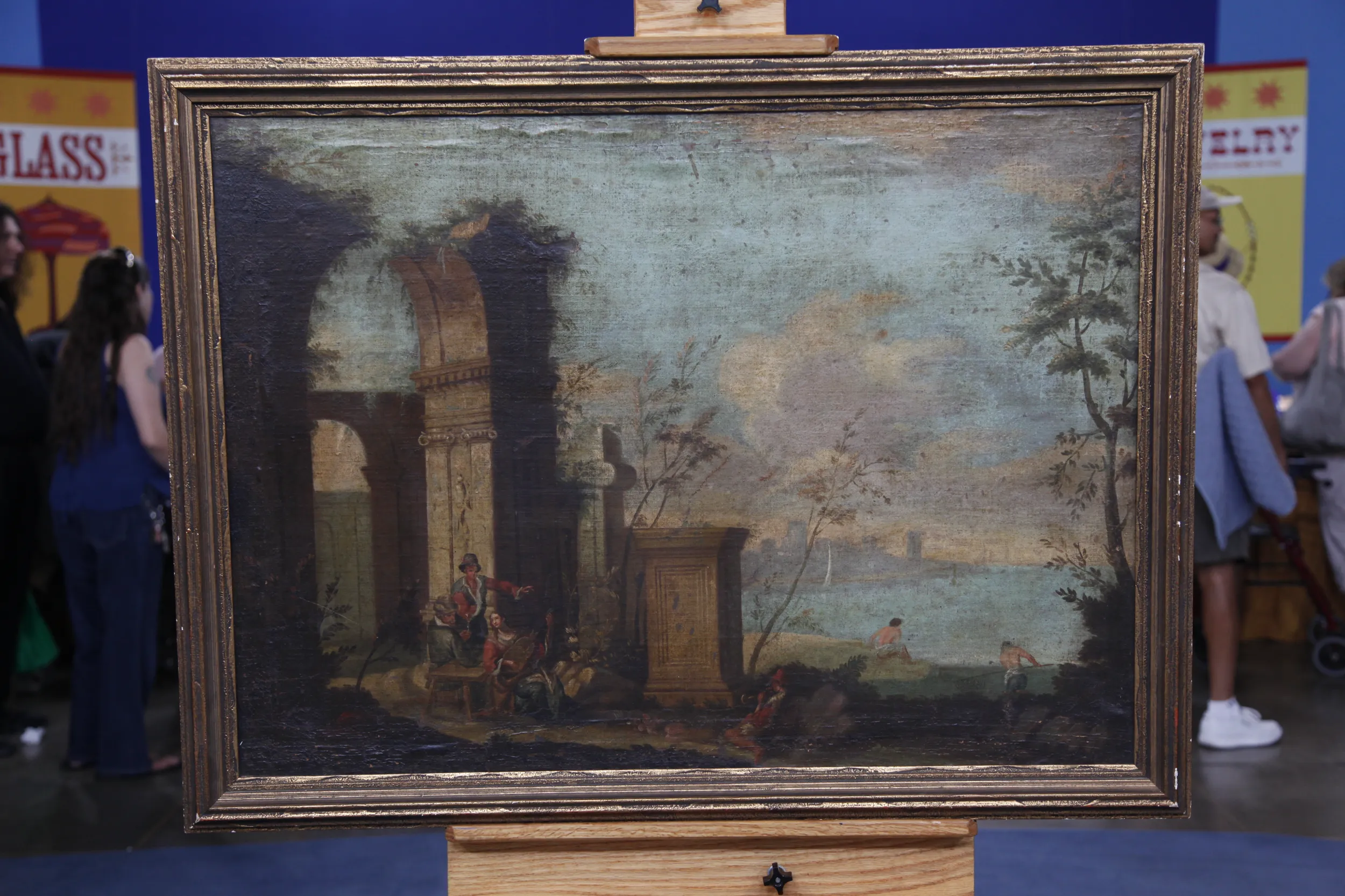GUEST: It's a painting by William Robinson Leigh. On the back, it says, "Navajo Camp Number One." It came down through the family. My great-grandmother bought it at an estate sale probably in about 1940.
APPRAISER: Do we know what she paid at that time?
GUEST: Not a clue. Later on, when we took the back off, we found what was original price was, which was $65.
APPRAISER: I see.
GUEST: Now, by the time my grandmother bought it, it was the Depression, and I suspect she paid even less than $65.
APPRAISER (laughs): That's probably true. William Robinson Leigh is one of the most important Taos painters, and he lived from 1866 to 1955. He was originally from West Virginia, and he was the son of Southern aristocrats. And his mother was a descendant of Pocahontas.
GUEST: Oh, wow.
APPRAISER: He studied at the Maryland Institute, and then went on to Munich, uh, to study at the Royal Academy there. And when he came back to the United States, he worked as an illustrator. He doesn't really go out west until about 1906. And during that period, he did a whole series of paintings for the Santa Fe Railroad, mostly scenes of the Grand Canyon. They're quite famous today. Later in his life, in the 1920s, he actually goes to Africa, and he ends up painting elephants and murals for Eastman Kodak and for the American Museum of Natural History. So, he was, he was quite versatile, but Western art is really what he's known for. And what we have here is a more or less everyday scene that he might have witnessed when he was out west. He liked to paint primarily Indian tribes, uh, Zunis, Hopis, and Navajos. The composition is really quite interesting, particularly because of the luminous quality, the fire that we see here. And also, the wonderful texture on the surface. This painting is on canvas board, which is a prepared type of board, so it has a canvas texture, but we have nice impasto here. The piece itself is slightly smaller than some of the works that he does. And in fact, it could be considered somewhat of a sketch, because if we look at this figure here, we see that the face is not quite as delineated as the other is. But what's great about this is the play of light and shadow. It's really wonderful. The condition on the painting is actually quite good. It has a little bit of flaking. All these little white dots here.
GUEST: Yes.
APPRAISER: So the surface is a bit dry, and probably should be restored before you lose too much more of it. And I do think it might clean a little bit. The frame is original, and that's terrific. I'm not sure we can determine who the maker is, but this type of frame was very popular, on Taos paintings, in particular. And I would judge that this painting was probably done somewhere in the 1920s. Now, in terms of the market, the market for Taos paintings is quite strong, very, very popular. Do you have any idea what the painting is worth?
GUEST: Well, I have an idea from about 20 years ago. At that time, $10,000 to $12,000.
APPRAISER: Well, at that time, that probably was right. Western art has been popular pretty much consistently, although there was a drop-off in, in, uh, Western prices in the late '70s and early '80s. Today, if I were to have this painting in my gallery, I would ask $75,000.
GUEST: Geez!
APPRAISER: The market has really... (laughs)
GUEST: Well, I promised that I wasn't going to say, "Oh, my God," but, oh, my God!
APPRAISER (laughs)
